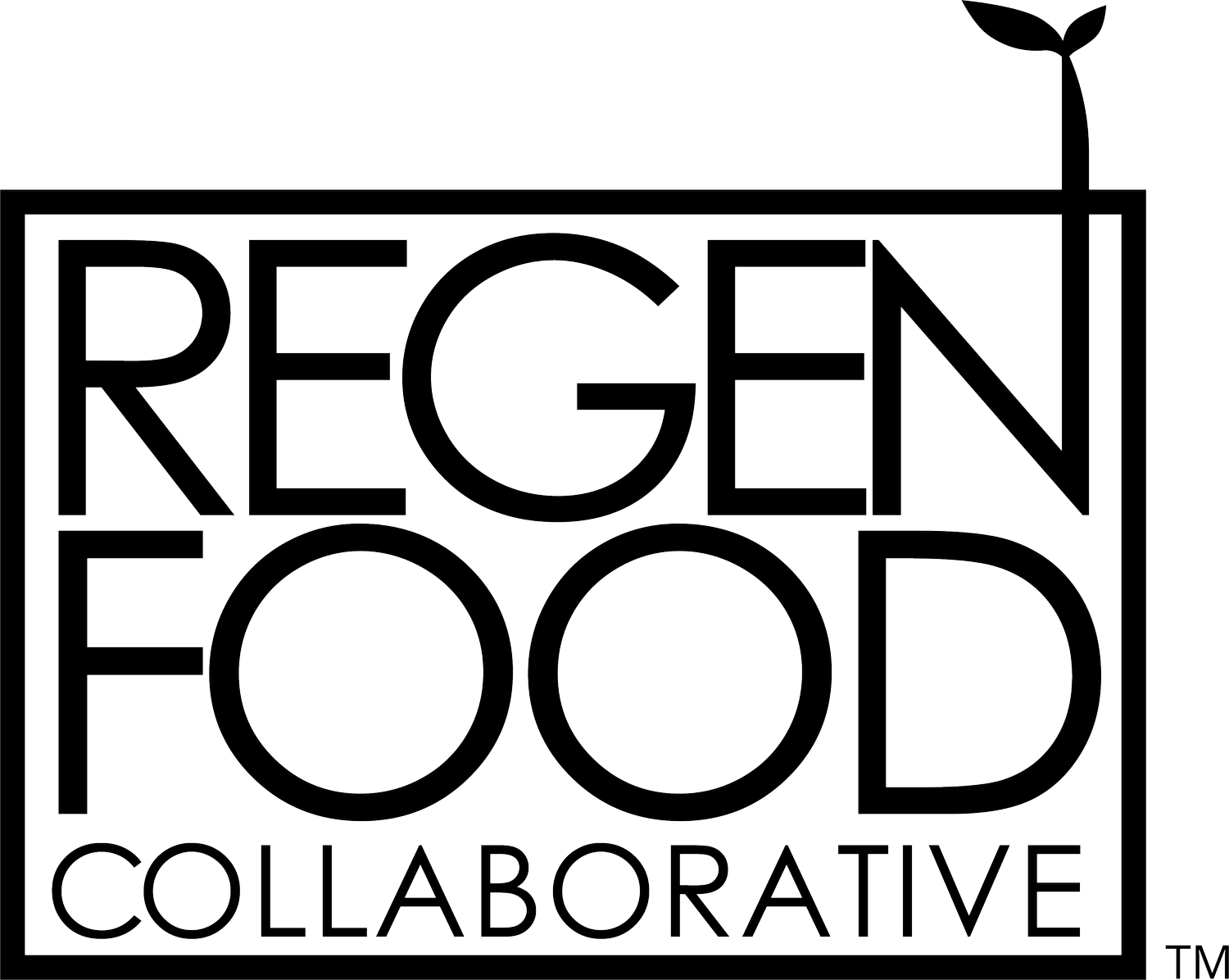What is Regenerative Agriculture?
Regenerative agriculture is a holistic approach to farming that focuses on improving the health and vitality of the entire ecosystem. By utilizing practices such as cover cropping, crop rotation, no-till farming, integrated pest management, wildlife-corridor integration, and managed grazing, regenerative agriculture aims to enhance soil health, increase biodiversity, and sequester carbon. Above and beyond these elements, our farms utilize native perennial crops maturing year after year, adding organic matter back into the soil, and in many cases, creating a positive mycorrhizal connection in the soil, increasing the cation exchange capacity in the soil.
Another way our farms positively contribute to their local ecosystems is through restoring native plant species. This work plays a crucial role in biodiversity conservation and ecosystem restoration. By reintroducing and nurturing native plants in their natural habitats, we can help rebuild dwindling populations, restore disrupted ecosystems, and support a myriad of wildlife that depend on these plants for food and shelter. Each planted seed or sapling represents a step towards a healthier ecosystem, where native plants thrive and contribute to a more balanced and biodiverse natural world.
Farmers practicing regenerative agriculture work in harmony with nature, promoting long-term sustainability and resilience in the face of environmental challenges. Through embracing regenerative practices, we can rebuild our soils, promote healthier crops, and contribute to a more sustainable future for agriculture and our planet. As a farmer led organization, we share a common belief that nutrient density begins in the soil.

